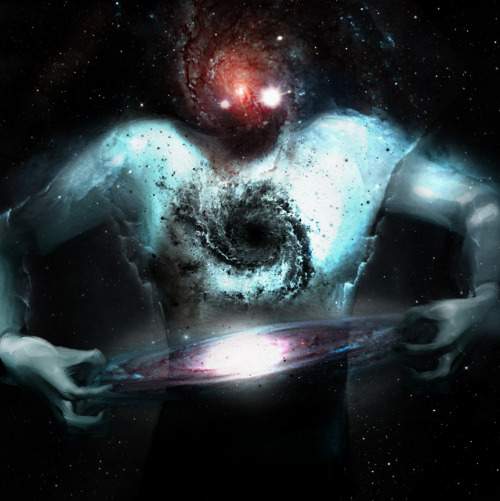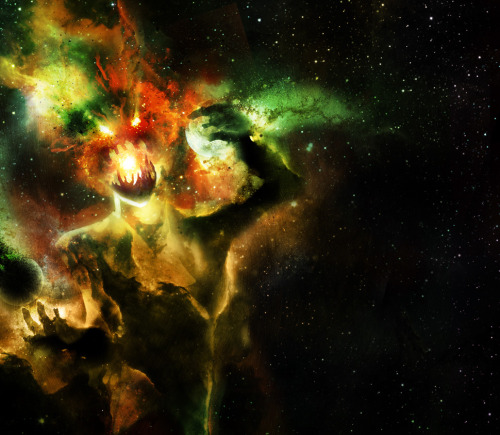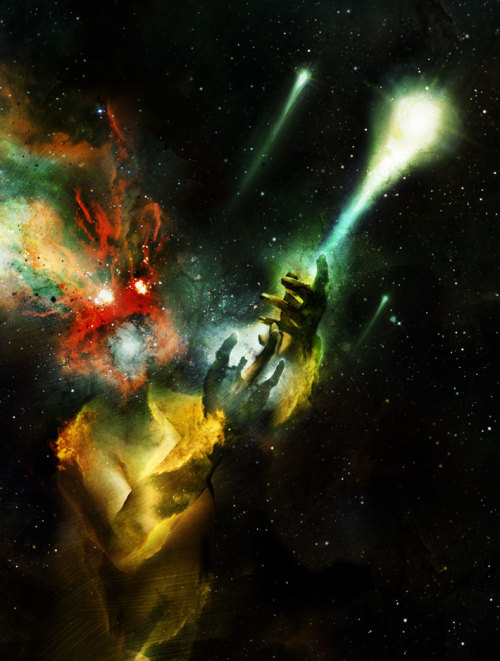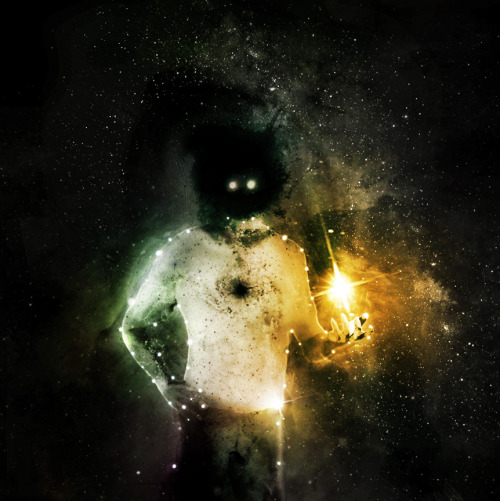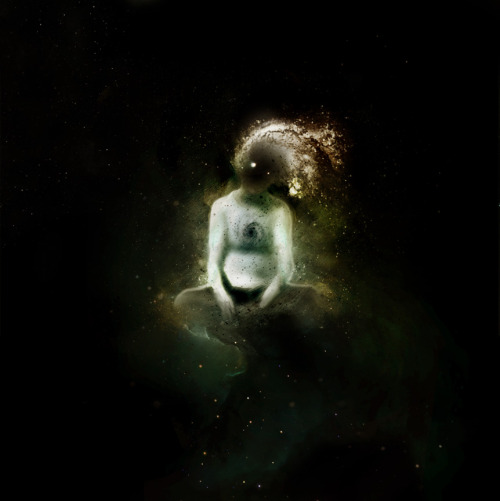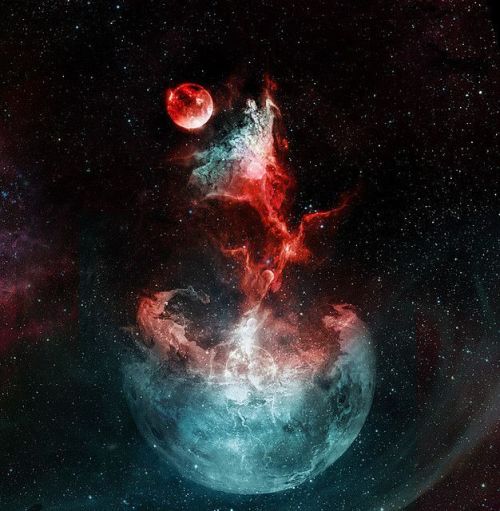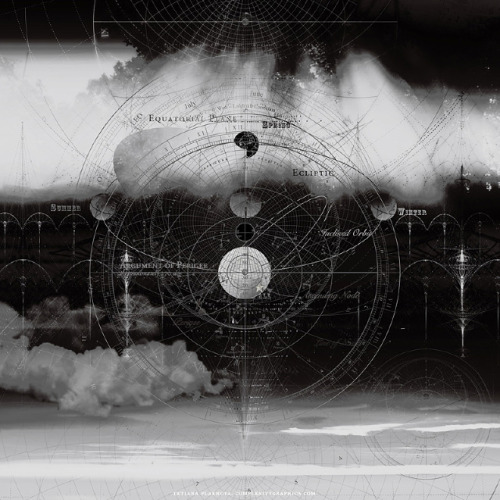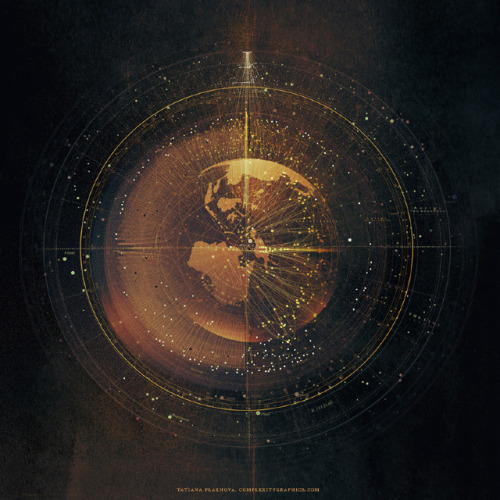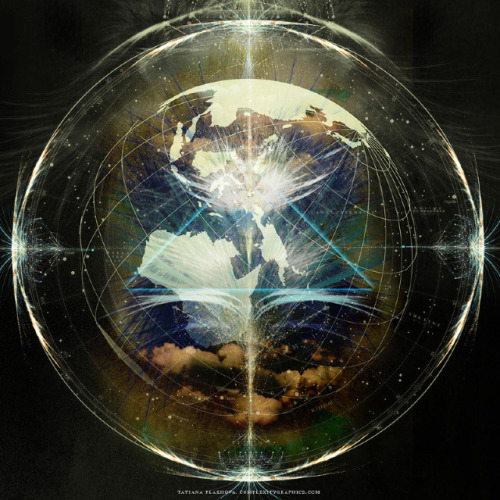Yall Arent Ready Yet But One Day Were Going To Talk About How The Young Wizards Series Is Better Than
yall arent ready yet but one day were going to talk about how the young wizards series is better than harry potter. the language is more complicated but trust me, its better
More Posts from Outofambit and Others




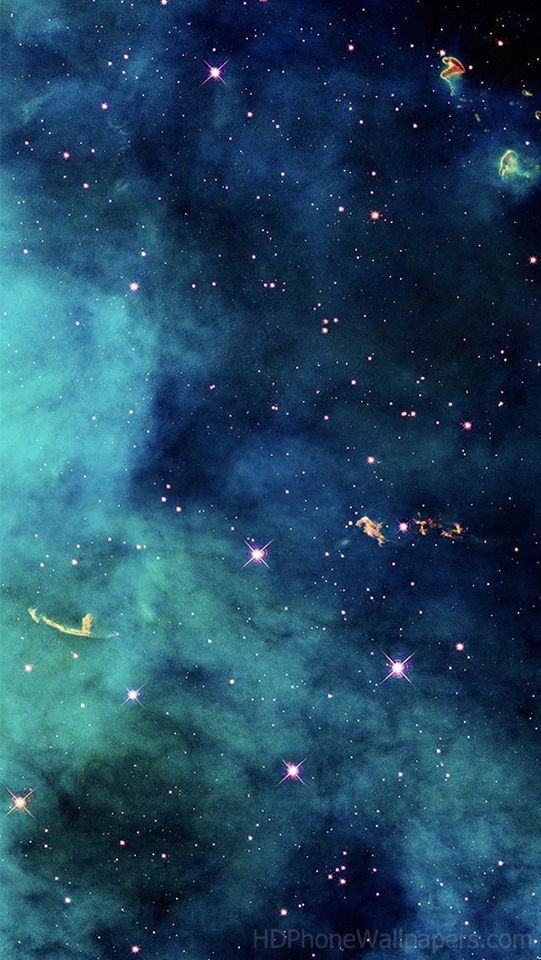

Blue
Question about the consequences of the events in Deep Wizardry. Will the Master Shark be replaced by another shark like the Silent Lord is replaced, or on a more permanent basis? Or was his power simply lost, and there will never be a Master Shark again?
This may sound odd, but this is a matter to which I think I’ve given absolutely no thought whatsoever. …Which is unusual for me.
And now that it comes up: Mere replacement of Ed’rashtekaresket – either qua Ed, or as regards his particular unique developmental, historical and spiritual positioning – seems impossible. I rather think that there will be (meaning “almost certainly already is”) a shark now holding the Master-Shark position in lieu of the original office-holder. Except that shark will be holding it, as it were, by vicariate. (And I’m invoking “vicar*” here not in the Home-Counties-C-of-E mode that means “your [cozy] local clergyman who invites you round for tea”, but rather in the sense in which Catholics use the word when they speak of the Pope as “the Vicar of God on Earth”: of someone acting as a stand-in or deputy for someone of much greater inherent power.)
I think that should there be need for the attriibutes we think of as the Master-Shark’s to be exercised, then this vicariate Master would do so, enabled by (and channeling) the power still embodied in the original… who, as we know, appears to be Not All That Dead, Not Really Dead Anyway. (But then that would be somewhat in his nature, and shark-nature generally, so no surprises there.)
That make sense? Hope so. :)
*In passing, I coudn’t not link to the dictionary.com definition of vicar because of the quotes about Obama and soccer riots. Tea, meet keyboard…
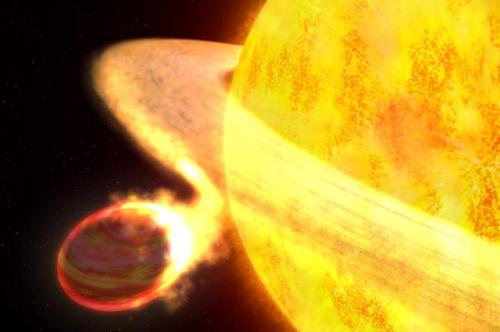
Most Amazing Exoplanets
The term ‘exoplanet’ applies to any planet outside of our solar system. At last count, we have identified 3,538.
Out of the thousands of planets we know about, some of them are incredibly bizarre compared to what we are used to seeing in our own solar system. Here are some exoplanets with very unique characteristics:
Kepler-78b
The most astounding fact about Kepler-78b is that it shouldn’t even exist, according to our current knowledge of planetary formation. It is extremely close to its star at only 550,000 miles (900,000 kilometers). As a comparison, Mercury only gets within 28.5 million miles (45.9 million kilometers) of the sun in the nearest point of orbit. With that proximity, it isn’t clear how the planet could have formed as the star was much larger when the planet formed. With its current distance, that would mean it formed inside the star, which is impossible as far as we know.
The planet itself is only slightly larger than Earth, though surface conditions are markedly different. The temperature on the surface is estimated to be 4300° F (2400° C), which is nearly nine times as hot as the temperature on Venus. Unfortunately for Kepler-78b, it is likely that the star’s gravitational pull will gradually bring the star closer and totally consume it in the next 3 billion years.
WASP-12b
While Kepler-78b still has about 3 billion more years before getting consumed by its star, the process is well underway for WASP-12b. This exoplanet is actively getting pulled apart by its parent star, much to the delight of astronomers who can watch the process unfold. So much material has been pulled away from the planet, it has been pulled into an oblong football shape. Astronomers have estimated that WASP-12b has about 10 million more years until it is completely pulled apart by the star.
The planet is described as a “hot Jupiter” as it is a gas planet that is about 40 percent larger than Jupiter. It is currently so close to its star that it only takes 1.1 Earth days for the planet to complete a full orbit. The star, WASP-12, is G-type main sequence star, just like our own sun. It is located about 800 lightyears away in the Auriga constellation.
TrES-2b
TrES-2b has been dubbed the “dark planet” because it does not reflect light. If we were able to view it directly, it would likely just look like a coal-black ball of gas. At 1800°F (1000°C) the planet is way too hot for clouds, which would help reflect the star’s light. The red tinges are areas of superheated gas. Other darker planets only reflect about 10% of the star’s light, but TrES-2b only reflects about 1%, making it the darkest planet ever discovered.
Why is TrES-2b so dark? Scientists aren’t quite sure. Right now, the best guess is that the majority of the planet’s composition is something like sodium or potassium which absorbs light. This dark world is located about 750 lightyears away in the Draco constellation.
HD 189773b
HD 189773b is pretty exciting. It is relatively close, at only 63 lightyears away. It is also the first planet to have its color determined and it turned out to be a pretty blue planet, just like Earth. Unlike Earth, however, HD 189773b is a gas giant with a temperature that reaches a sweltering 1800°F (1000°C). The weather gets more extreme, because intense pressure and temperature turns silicate particles in the atmosphere into glass, which then rains down. As if that doesn’t sound dangerous enough, the winds have been estimated to gust at 4,000 mph (7,000 km/h) which really whips those glass particles around.
55 Cancri e
55 Cancri e is twice the size of Earth but is nearly 8 times more massive and twice as dense. Last fall, researchers deduced that the mass of the planet was largely carbon. Due to the pressure and surface temperature of 4892°F (2700°C) it very well could have formed diamond. It is so close to its parent star it takes a mere 18 hours for the planet to complete a full orbit.
55 Cancri e is only about 40 light-years away from us in the Cancer constellation. The parent star is much more carbon than our own sun, so it might be too surprising that planet e is also carbon-rich. From there, it isn’t much of a stretch to assume that the other four known planets in the system would also have a high carbon content.
Because of these extreme conditions, astronomers don’t believe that 55 Cancri e has an atmosphere, making it a poor candidate for the possibility for life. However, it is close enough for astronomers to use it to test hypotheses about planetary formation.
PSR B1620-26b
Nicknamed “Methuselah,” PSR B1620-26b is the oldest known exoplanet. The planetary system formed approximately 12.7 billion years ago, when the Milky Way galaxy was in its infancy. It is located in the Scorpius constellation about 12,400 lightyears away.
Methuselah orbits binary stars and goes around them in a circumbinary orbit. As if Methuselah’s age isn’t interesting enough, the fact that it orbits two mismatched dead stars is quite unusual. One of the stars is a pulsar and the other is a white dwarf. Since Methuselah is found in a dense star cluster, astronomers initially thought it could be a star as well, and would be considered a brown dwarf. Measurements from the Hubble would confirm that Methuselah is a planet, and it remains the oldest one we’ve ever discovered.
TrES-4
Located 1,400 lightyears away in the Hercules constellation, TrES-4 is the largest exoplanet we have discovered so far. Though it is over 1.7 times the size of Jupiter, it has an extremely low density and is categorized as a “puffy” planet. The planet’s density is about the same as cork, which came as quite a shock. Astronomers attribute this to extreme heat of 2,300° F (1,260° C) due to is proximity to the star. At only 4.5 million miles (7.2 million kilometers) away from its sun, TrES-4 is able to complete an orbit in three Earth days.
Gliese 436 b
30 lightyears away in the constellation Leo, Gliese 436 b is a planet that is about as massive as Neptune. The planet also happens to be covered in burning ice - though the ice isn’t anything like what we’re used to. The extreme pressure of the planet forces the water to stay in solid form, even though the temperature exceeds 570° F (300° C). The outer layer of the solid water is superheated and comes off as vapor. Water has over 10 solid states, not including common ice.
In its present position, the water would not have been able to condense down into a solid, indicating that it migrated toward its sun after it formed.
Meanwhile in the YW fandom…
(Subject of discussion: Nita and Kit’s hypothetical future wedding. Hat tip to the Slack chat for a lot of this. More to come.)
“How are they going to explain that one of the bridesmaids is a whale?”
S'reee, upon the mention of the hen do: “is it customary for one to bring their own fowl?”
“The Penn gating team can deal Grand Central for a day, we have lives too… sometimes? Oh, who am I kidding, Rhiow and I are so overdue for a vacation. Hurry up and make this ‘wedding’ thing happen, please.” –Urruah, probably
“I think we’re going to have a bit more luck sneaking an undisguised Sker'ret past the Rodriguez grandparents than we would getting Helena to stand on Kit’s side.”
“If only I could stay in whaleshape during the ceremony – I could be your ‘something blue!’”
“'Ree, don’t take this the wrong way, but you’re almost as big as the venue….”
Selections from Tallmadge Doyle’s ethereal Celestial Mapping Series
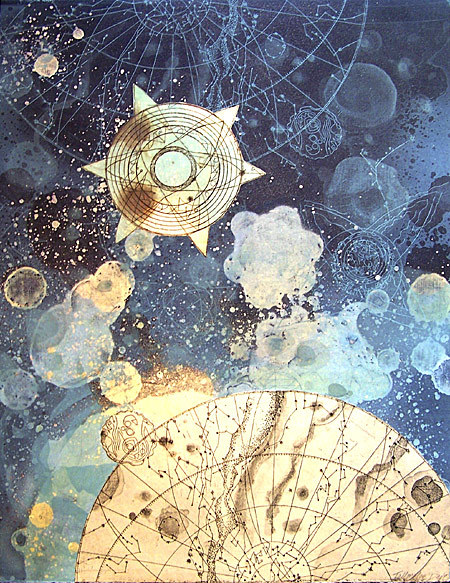
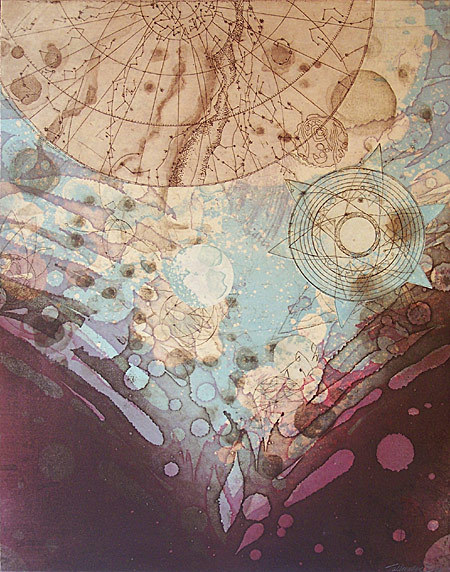





I had to do a "home budget" project in econ during high school, and we had to "buy a car" as part of our budget planning and so I used a listing for one of these as my "purchase" because I am nothing if not a massive nerd. It still delights me to think about. ^__^
I'm desperately trying to look for the specific model of Lotus that you referenced in the first of the Young Wizard series. I've been wanting to draw a storyboard for a long while for it and for some reason Google is useless.
It's this one: the Lotus Turbo Esprit. Lovely, lovely thing that it was...

(Sorry, the YouTube video seems to have failed to insert correctly. But check it out: https://youtu.be/CQnOusKNDKs)
...Later in the eighties they softened its lines down. But this is the one that made me stop and stare when I passed by the Lotus showroom in Manhattan in ‘81...
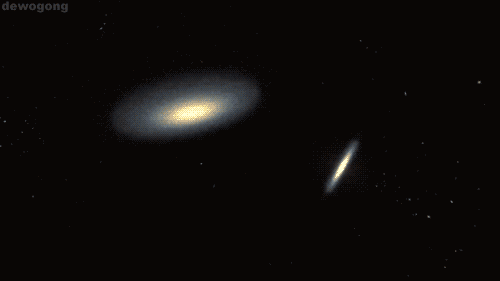
-
 wittyusernamed reblogged this · 1 year ago
wittyusernamed reblogged this · 1 year ago -
 wittyusernamed liked this · 1 year ago
wittyusernamed liked this · 1 year ago -
 saintjimmeh reblogged this · 1 year ago
saintjimmeh reblogged this · 1 year ago -
 blame-my-muses reblogged this · 1 year ago
blame-my-muses reblogged this · 1 year ago -
 outofambit reblogged this · 1 year ago
outofambit reblogged this · 1 year ago -
 blame-my-muses reblogged this · 1 year ago
blame-my-muses reblogged this · 1 year ago -
 waywardearthquakecherryblossom liked this · 3 years ago
waywardearthquakecherryblossom liked this · 3 years ago -
 cursmudgeon reblogged this · 3 years ago
cursmudgeon reblogged this · 3 years ago -
 cursmudgeon liked this · 3 years ago
cursmudgeon liked this · 3 years ago -
 kingofbackpain liked this · 4 years ago
kingofbackpain liked this · 4 years ago -
 inkstainedchocolateeyes liked this · 5 years ago
inkstainedchocolateeyes liked this · 5 years ago -
 heliager liked this · 6 years ago
heliager liked this · 6 years ago -
 wreck-it-remy-no-more reblogged this · 6 years ago
wreck-it-remy-no-more reblogged this · 6 years ago -
 wreck-it-remy-no-more liked this · 6 years ago
wreck-it-remy-no-more liked this · 6 years ago -
 the-book-of-night-with-moon liked this · 7 years ago
the-book-of-night-with-moon liked this · 7 years ago -
 paleairlesscompanion liked this · 7 years ago
paleairlesscompanion liked this · 7 years ago -
 alphabetsouppredictsyourdoom reblogged this · 7 years ago
alphabetsouppredictsyourdoom reblogged this · 7 years ago -
 verdigrisvagabond-archive reblogged this · 7 years ago
verdigrisvagabond-archive reblogged this · 7 years ago -
 theicemenace liked this · 7 years ago
theicemenace liked this · 7 years ago -
 hxans liked this · 7 years ago
hxans liked this · 7 years ago -
 aenariasbookshelf reblogged this · 7 years ago
aenariasbookshelf reblogged this · 7 years ago -
 outofambit reblogged this · 7 years ago
outofambit reblogged this · 7 years ago -
 thetiredflower liked this · 7 years ago
thetiredflower liked this · 7 years ago -
 curls-cat reblogged this · 7 years ago
curls-cat reblogged this · 7 years ago -
 podsandpuppies reblogged this · 7 years ago
podsandpuppies reblogged this · 7 years ago -
 strix-alba reblogged this · 7 years ago
strix-alba reblogged this · 7 years ago -
 kissmeagainarthas reblogged this · 7 years ago
kissmeagainarthas reblogged this · 7 years ago -
 schmirius reblogged this · 7 years ago
schmirius reblogged this · 7 years ago -
 everythingdragons liked this · 7 years ago
everythingdragons liked this · 7 years ago -
 jblatherings reblogged this · 7 years ago
jblatherings reblogged this · 7 years ago -
 jblatherings liked this · 7 years ago
jblatherings liked this · 7 years ago -
 ax-ending liked this · 7 years ago
ax-ending liked this · 7 years ago -
 shayvaalski reblogged this · 7 years ago
shayvaalski reblogged this · 7 years ago -
 szolkir liked this · 7 years ago
szolkir liked this · 7 years ago -
 blame-my-muses reblogged this · 7 years ago
blame-my-muses reblogged this · 7 years ago -
 aenariasbookshelf liked this · 7 years ago
aenariasbookshelf liked this · 7 years ago -
 sunkentowers reblogged this · 7 years ago
sunkentowers reblogged this · 7 years ago -
 dizzy-redhead liked this · 7 years ago
dizzy-redhead liked this · 7 years ago -
 rembrandtswife reblogged this · 7 years ago
rembrandtswife reblogged this · 7 years ago -
 rembrandtswife liked this · 7 years ago
rembrandtswife liked this · 7 years ago -
 daughterofstorms liked this · 7 years ago
daughterofstorms liked this · 7 years ago -
 lizzieraindrops liked this · 7 years ago
lizzieraindrops liked this · 7 years ago -
 semiotomatics liked this · 7 years ago
semiotomatics liked this · 7 years ago -
 theboringbaker liked this · 7 years ago
theboringbaker liked this · 7 years ago -
 actuallyspeed reblogged this · 7 years ago
actuallyspeed reblogged this · 7 years ago -
 bookhobbit liked this · 7 years ago
bookhobbit liked this · 7 years ago -
 jenesaispourquoi reblogged this · 7 years ago
jenesaispourquoi reblogged this · 7 years ago -
 herc18 reblogged this · 7 years ago
herc18 reblogged this · 7 years ago
A personal temporospatial claudication for Young Wizards fandom-related posts and general space nonsense.
288 posts

